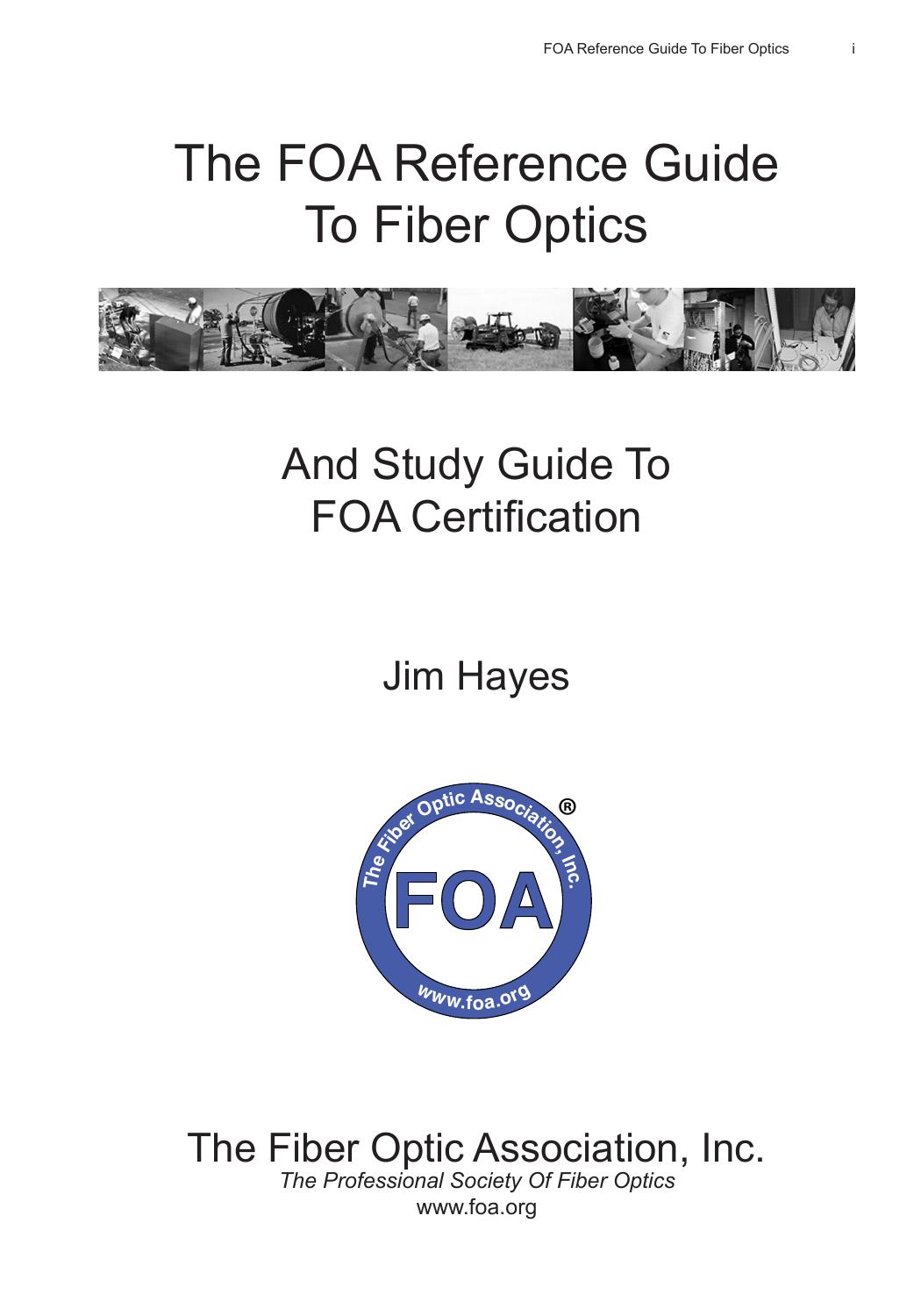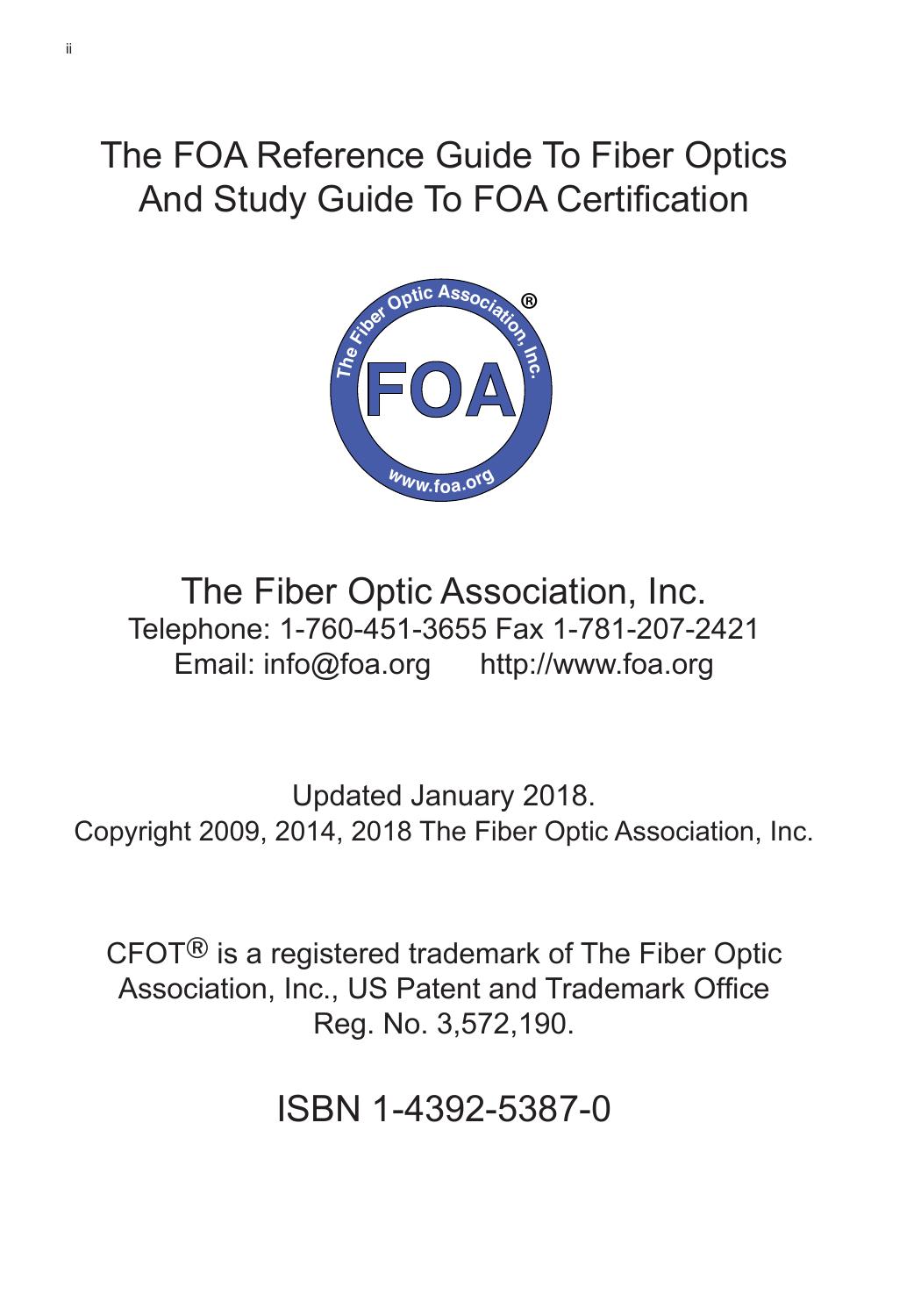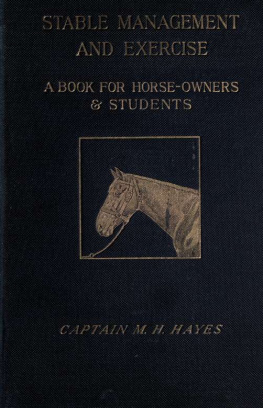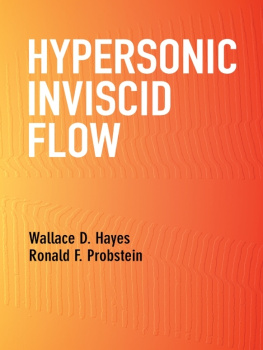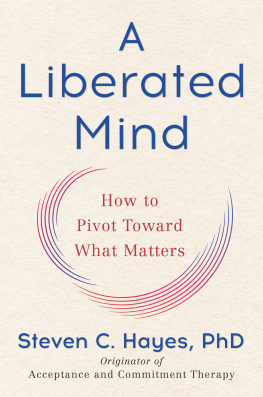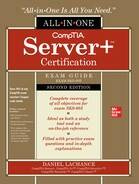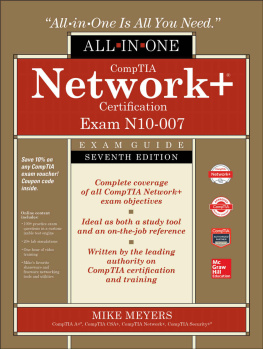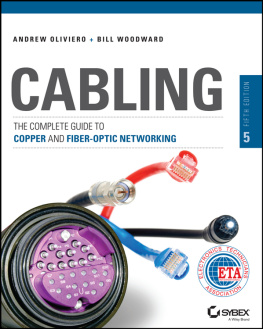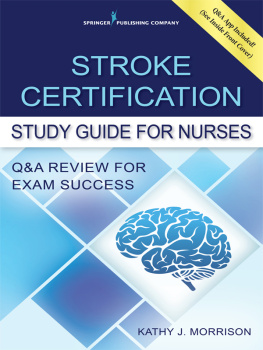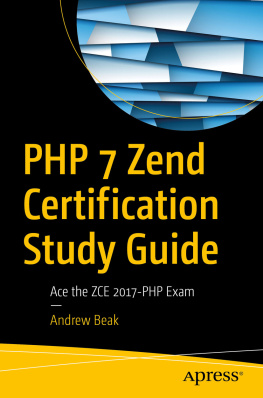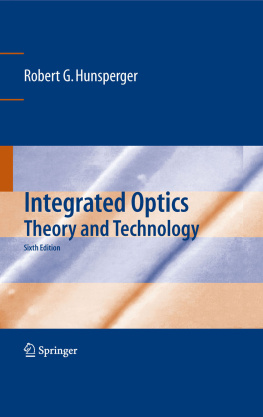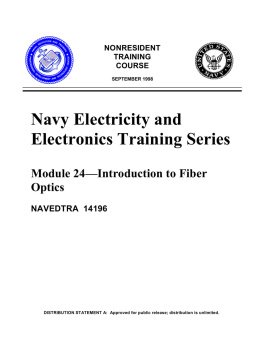Table of contents
FOA Reference Guide To Fiber Optics i
The FOA Reference Guide
To Fiber Optics
And Study Guide To
FOA Certification
Jim Hayes
www.foa.org
Th
e
Fiber Optic Association
, Inc
.
The Fiber Optic Association, Inc.
The Professional Society Of Fiber Optics
www.foa.org
ii
The FOA Reference Guide To Fiber Optics
And Study Guide To FOA Certification
www.foa.org
Th
e
Fiber Optic Association
, Inc
.
The Fiber Optic Association, Inc.
Telephone: 1-760-451-3655 Fax 1-781-207-2421
Email: info@foa.org http://www.foa.org
Updated January 2018.
Copyright 2009, 2014, 2018 The Fiber Optic Association, Inc.
CFOT is a registered trademark of The Fiber Optic
Association, Inc., US Patent and Trademark Office
Reg. No. 3,572,190.
ISBN 1-4392-5387-0
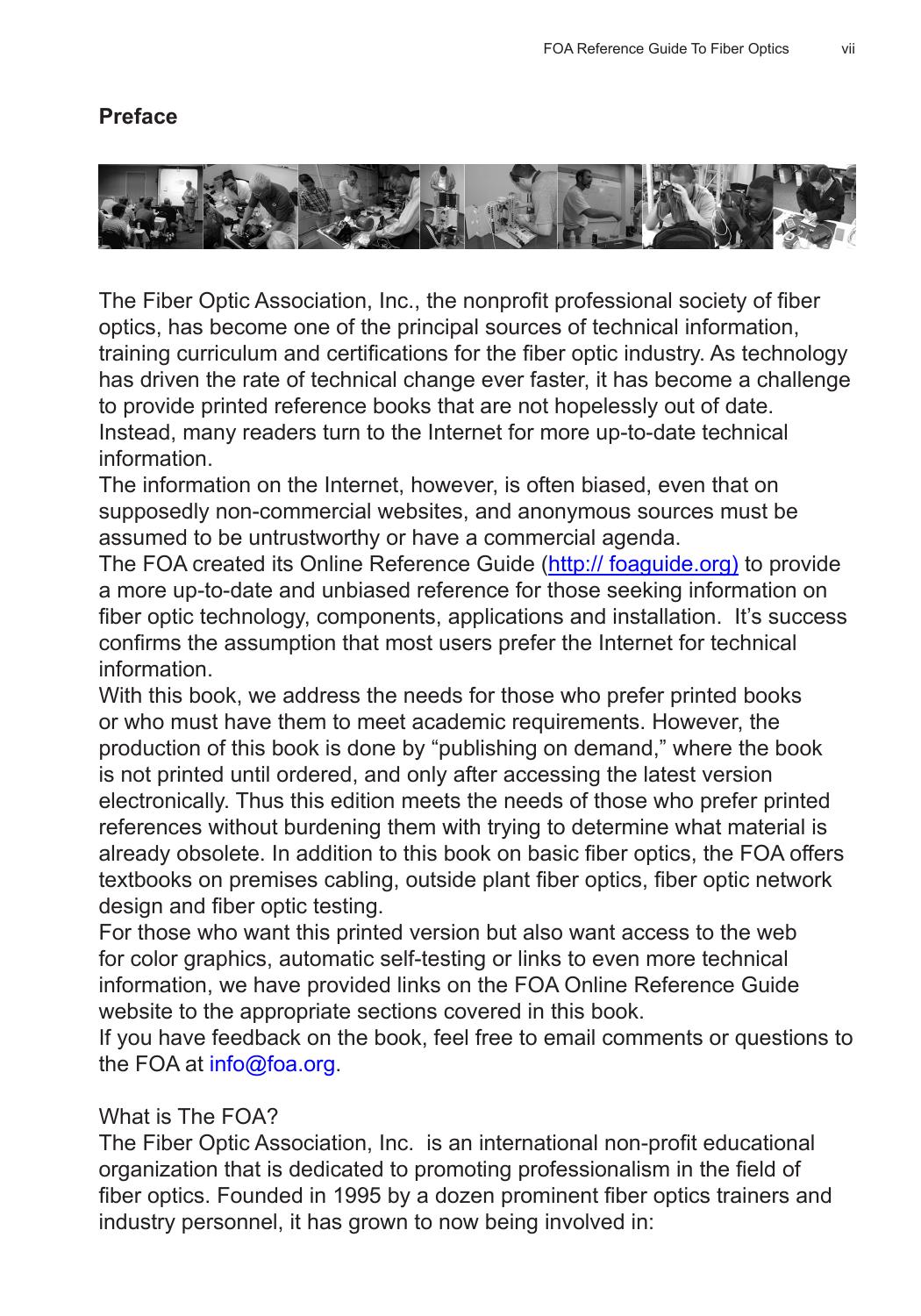
FOA Reference Guide To Fiber Optics vii
Preface
The Fiber Optic Association, Inc., the nonprofit professional society of fiber
optics, has become one of the principal sources of technical information,
training curriculum and certifications for the fiber optic industry. As technology
has driven the rate of technical change ever faster, it has become a challenge
to provide printed reference books that are not hopelessly out of date.
Instead, many readers turn to the Internet for more up-to-date technical
information.
The information on the Internet, however, is often biased, even that on
supposedly non-commercial websites, and anonymous sources must be
assumed to be untrustworthy or have a commercial agenda.
The FOA created its Online Reference Guide (http:// foaguide.org) to provide
a more up-to-date and unbiased reference for those seeking information on
fiber optic technology, components, applications and installation. Its success
confirms the assumption that most users prefer the Internet for technical
information.
With this book, we address the needs for those who prefer printed books
or who must have them to meet academic requirements. However, the
production of this book is done by publishing on demand, where the book
is not printed until ordered, and only after accessing the latest version
electronically. Thus this edition meets the needs of those who prefer printed
references without burdening them with trying to determine what material is
already obsolete. In addition to this book on basic fiber optics, the FOA offers
textbooks on premises cabling, outside plant fiber optics, fiber optic network
design and fiber optic testing.
For those who want this printed version but also want access to the web
for color graphics, automatic self-testing or links to even more technical
information, we have provided links on the FOA Online Reference Guide
website to the appropriate sections covered in this book.
If you have feedback on the book, feel free to email comments or questions to
the FOA at info@foa.org.
What is The FOA?
The Fiber Optic Association, Inc. is an international non-profit educational
organization that is dedicated to promoting professionalism in the field of
fiber optics. Founded in 1995 by a dozen prominent fiber optics trainers and
industry personnel, it has grown to now being involved in:
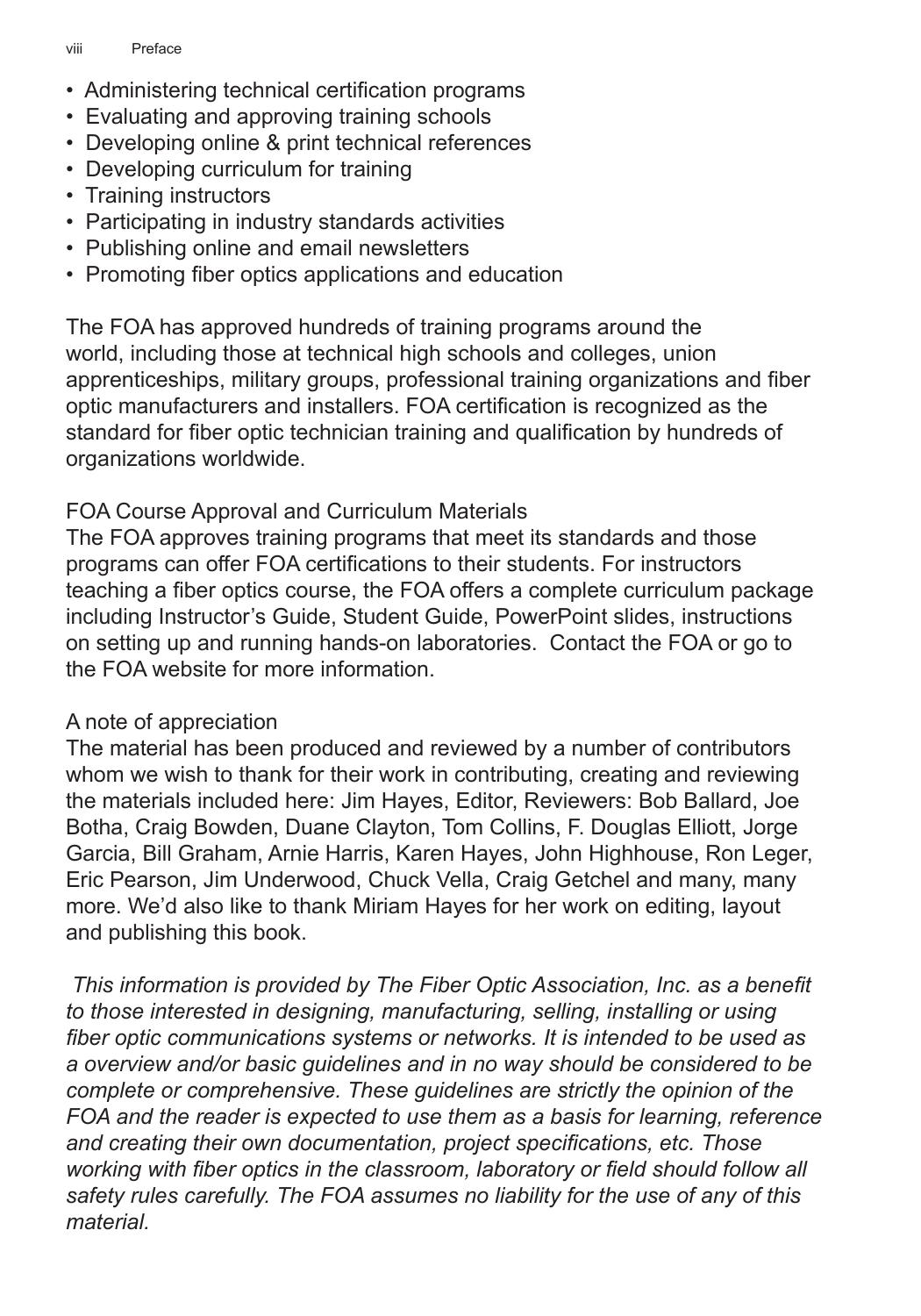
viii
Administering technical certification programs
Evaluating and approving training schools
Developing online & print technical references
Developing curriculum for training
Training instructors
Participating in industry standards activities
Publishing online and email newsletters
Promoting fiber optics applications and education
The FOA has approved hundreds of training programs around the
world, including those at technical high schools and colleges, union
apprenticeships, military groups, professional training organizations and fiber
optic manufacturers and installers. FOA certification is recognized as the
standard for fiber optic technician training and qualification by hundreds of
organizations worldwide.
FOA Course Approval and Curriculum Materials
The FOA approves training programs that meet its standards and those
programs can offer FOA certifications to their students. For instructors
teaching a fiber optics course, the FOA offers a complete curriculum package
including Instructors Guide, Student Guide, PowerPoint slides, instructions
on setting up and running hands-on laboratories. Contact the FOA or go to
the FOA website for more information.
A note of appreciation
The material has been produced and reviewed by a number of contributors
whom we wish to thank for their work in contributing, creating and reviewing
the materials included here: Jim Hayes, Editor, Reviewers: Bob Ballard, Joe
Botha, Craig Bowden, Duane Clayton, Tom Collins, F. Douglas Elliott, Jorge
Garcia, Bill Graham, Arnie Harris, Karen Hayes, John Highhouse, Ron Leger,
Eric Pearson, Jim Underwood, Chuck Vella, Craig Getchel and many, many
more. Wed also like to thank Miriam Hayes for her work on editing, layout
and publishing this book.
This information is provided by The Fiber Optic Association, Inc. as a benefit
to those interested in designing, manufacturing, selling, installing or using
fiber optic communications systems or networks. It is intended to be used as
a overview and/or basic guidelines and in no way should be considered to be
complete or comprehensive. These guidelines are strictly the opinion of the
FOA and the reader is expected to use them as a basis for learning, reference
and creating their own documentation, project specifications, etc. Those
working with fiber optics in the classroom, laboratory or field should follow all
safety rules carefully. The FOA assumes no liability for the use of any of this
material.
Preface
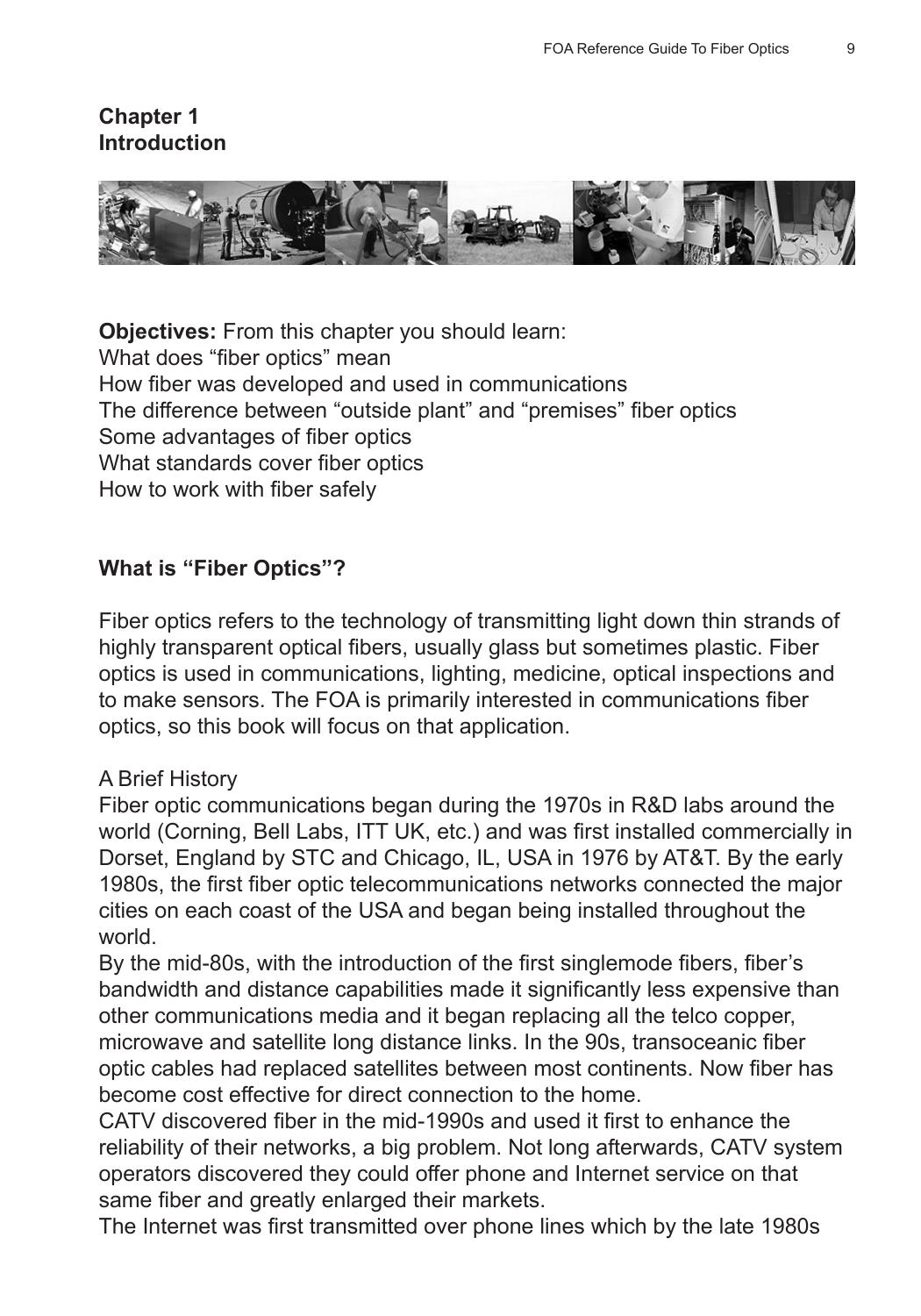
FOA Reference Guide To Fiber Optics
Chapter
Introduction
Objectives: From this chapter you should learn:
What does fiber optics mean
How fiber was developed and used in communications
The difference between outside plant and premises fiber optics
Some advantages of fiber optics
What standards cover fiber optics
How to work with fiber safely

